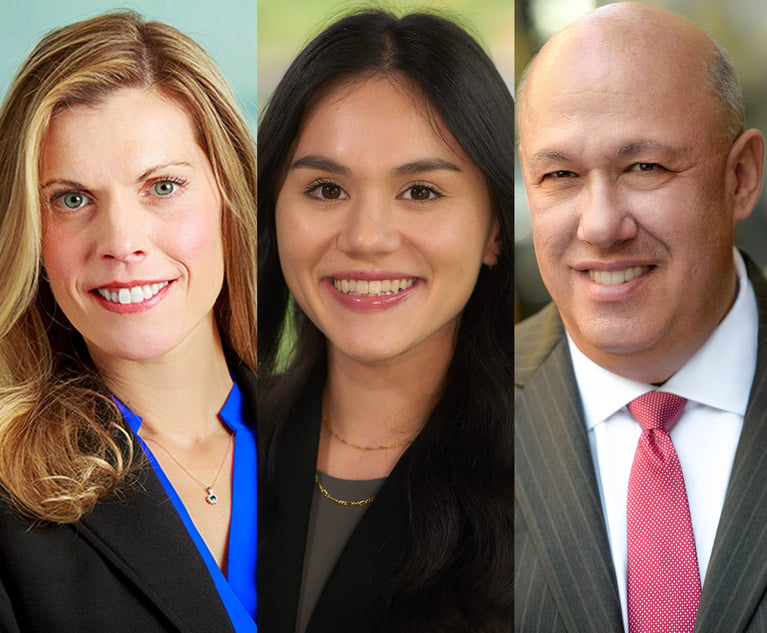Like most other jurisdictions, New York imposes a higher standard for establishing a defamation claim when the purported victim is a public figure. Specifically, public figures and celebrities must prove by clear and convincing evidence that the alleged offender made the defamatory statements with “actual malice”— that is, with knowledge that the statement at issue was false or with reckless disregard for whether it was true or false. By contrast, private figures must not only establish that the defamatory statements were made negligently. In this modern age of social media, however, where once-obscure individuals can become viral sensations, what constitutes a “public figure” is not always clear.
The Court of Appeals’ recent decision in Gottwald v. Sebert, which took a broader approach to determining who qualifies as a “public figure” for defamation purposes may shed some light on the issue.


 AdobeStock image.
AdobeStock image.




